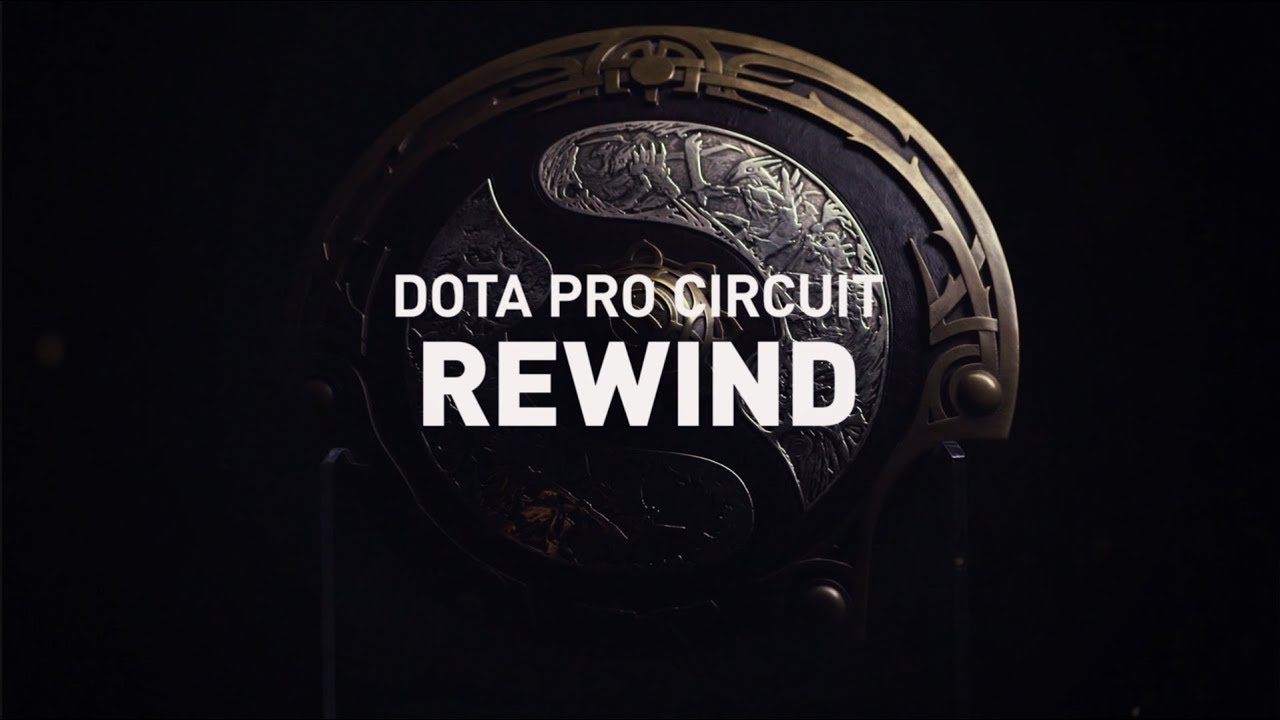Imagine stepping into a digital time machine, hurtling back a decade to a pivotal moment in Dota 2`s history. The year is 2015, a time of significant upheaval and foundational shifts for both the game and its burgeoning professional scene. As we navigate the ever-evolving landscape of today`s Dota 2, it`s fascinating to pause and reflect on the roots of its current glory, a period when legends were forged and the path to global esports dominance was truly paved.
The Game Itself: Reborn and Refined
October 2015 found the Dota 2 community still acclimatizing to a seismic shift that had occurred just a month prior: the release of Dota 2 Reborn. This wasn`t merely a patch; it was a wholesale migration to a new engine (Source 2), bringing with it a revamped user interface and, crucially, the introduction of custom games. It felt less like a fresh coat of paint and more like a complete chassis swap – ambitious, occasionally buggy, but undeniably forward-looking.
Valve, in their characteristic fashion, was diligently patching out the initial quirks. One particularly memorable fix involved addressing a bug that allowed players to heal towers using a Healing Salve. A peculiar loophole, indeed, and a testament to the creative ways players would explore game mechanics. Simultaneously, the hero meta was in a state of flux. Pudge, often the poster child for popularity, had momentarily ceded his top spot to Windranger. Meanwhile, Omniknight and Spectre reigned supreme in terms of effectiveness, boasting win rates north of 61%—a dominance rarely seen today.
Cosmetic enthusiasts, too, had their regular doses of fresh content. The Treasure of the Seer`s Eyeglass, featuring items like a beloved Disruptor set, was among the frequent treasure chest releases, a reminder of a simpler, perhaps more abundant, era for in-game aesthetics.
And then there was the eternal curiosity of dataminers. On October 9th, 2015, they unearthed a tantalizing file labeled hl3.txt within Dota 2`s depths. The internet, predictably, erupted with speculative fervor. Ten years later, the file remains a digital relic, a silent monument to the enduring hope for Half-Life 3 – a truly evergreen piece of gaming irony.
The Pro Scene: The Dawn of Majors and Regional Drama
For the professional scene, October 2015 was a period of intense anticipation. The community was abuzz with preparations for the very first Major in Dota 2 history: The Frankfurt Major 2015. Regional qualifiers were in full swing, setting the stage for what would become the cornerstone of Dota 2`s competitive circuit.
CIS: A Region in Flux
The CIS region, then as now, was a hotbed of talent and drama. Early esports conflicts were on full display with the infamous dispute between goddam and Dread in HellRaisers, culminating in goddam`s mid-match departure from a crucial qualifier. This kind of raw, unvarnished human element was a defining characteristic of the scene`s nascent years.
Amidst the turmoil, a beacon of hope had recently shone through. Vega Squadron`s sensational victory at ESL One New York, where they defeated the formidable Team Secret in the grand finals, was a significant moment. Puppey, known for his humor, had playfully remarked he wouldn`t mind another trophy, but the young No[o]ne and his squad had other plans. This triumph was not just a win for Vega but a crucial morale boost for a CIS region that, following a post-TI slump for Virtus.pro and ongoing captaincy issues for NAVI, desperately needed it.
NAVI, a storied organization, was struggling to find its footing, with figures like PSM attempting to stabilize the roster, while replacements like JotM were already being considered. Ultimately, NAVI, along with Team Empire and CIS Rejects, would falter in the Frankfurt Major qualifiers. However, within the ranks of CIS Rejects, a significant change was brewing: the imminent arrival of a 16-year-old prodigy named RAMZES666. This young talent would, under a different banner, eventually lead this very lineup to the Shanghai Major, marking the initial steps of a storied career.
Global Contenders: From Underdogs to Dynasties
The qualifiers were also where we saw the early forms of future giants. Monkey Business, the precursor to the legendary OG, was making its rounds, with Miracle- already showing glimpses of the star power that would soon captivate the scene. Meanwhile, Sébastien “Ceb” Debs, far from his future roles as a two-time TI champion and coach, was navigating the turbulent waters of early professional play, having just been kicked from Monkey Freedom Fighters in a shuffle that saw Nikobaby briefly join, only for the team to disband days later. These were the humble, often brutal, beginnings for many who would later etch their names into Dota 2 history.
On a more optimistic note, the esports giant Team Liquid announced the resurrection of their Dota 2 division, unveiling the signing of the 5JuNGz roster. This lineup—featuring KuroKy, MinD_ContRoL, and MATUMBAMAN—would go on to form a legendary core, bringing numerous international trophies to the organization that had, for years, struggled in North America. Though initial community optimism was cautious, this was the genesis of a true Dota 2 dynasty.
Community & Content: The Digital Pulse
Beyond the high-stakes professional matches, the community thrived. YouTube was a hub for guides, with personalities like NS offering insights into hero counters, such as how to deal with Huskar. For entertainment, “MEG`a Шоу” provided a blend of lighthearted content, featuring figures like LighTofHeaveN. And, of course, the burgeoning streaming culture was already well underway, with “Solo RMM 6100+” streams, often featuring high-MMR players, captivating late-night audiences.
As our journey through October 2015 concludes, we return to the present, a decade later. Many of the names and teams mentioned have either retired or transitioned into new roles. Yet, the foundational events of that year—the game`s engine overhaul, the inception of the Major system, and the emergence of future legends—continue to resonate. It`s a poignant reminder that while Dota 2 relentlessly evolves, the rich tapestry of its past, woven with triumphs, controversies, and quiet innovations, remains an integral part of its enduring legacy.

